Search
Remove Ads
Advertisement
Summary 
Loading AI-generated summary based on World History Encyclopedia articles ...
Search Results
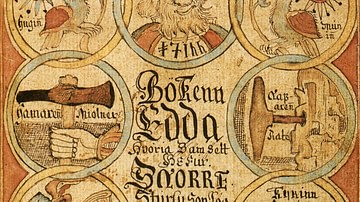
Definition
Edda
Edda is a term used to describe two Icelandic manuscripts that were copied down and compiled in the 13th century CE. Together they are the main sources of Norse mythology and skaldic poetry that relate the religion, cosmogony, and history...
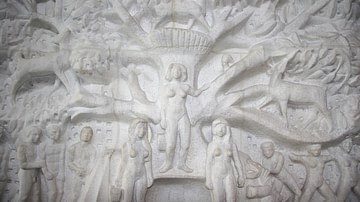
Article
Viking Prophecy: The Poem Völuspá of the Poetic Edda
The Völuspá (Old Norse: Vǫluspá) is a medieval poem of the Poetic Edda that describes how the world might have come into shape and would end according to Norse mythology. The story of about 60 stanzas is told by a seeress or völva (Old Norse...

Image
Codex Regius of the Poetic Edda
The Codex Regius of the Poetic Edda is the oldest and most comprehensive extant source of Norse mythology. 14th century CE. It is housed at the Arni Magnusson Institute of Learning in Reykjavik, Iceland.

Image
Heimdall in the Edda Oblongata
Illustration depicting the Norse god Heimdall, from the Edda oblongata, a 17th-century illuminated manuscript of the 13th-century CE Prose Edda, which is the basis for the modern understanding of Norse mythology. Made c. 1680 CE. Collection...
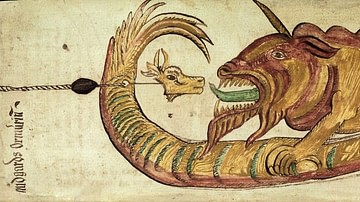
Image
Jörmungandr in the Edda Oblongata
Illustration of Jörmungandr (the World Serpent) from the Edda oblongata, a 17th-century illuminated manuscript of the 13th-century CE Prose Edda, which is the basis for modern understanding of Norse mythology. Made c. 1680. Árni Magnússon...

Image
Prose Edda
Title page of one of the manuscripts from Snorri Sturluson's Prose Edda showing various figures of Norse mythology, 18th century CE.
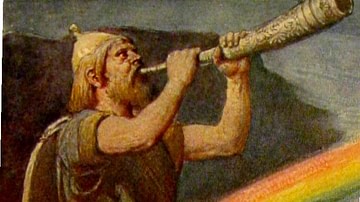
Definition
Heimdall
Heimdall is a mysterious deity of Norse mythology whose main attribute refers to guarding the realm of the gods, Asgard, from his high fortress called Himinbjörg found at the top of Bifröst, the rainbow bridge. He has the might of sea and...
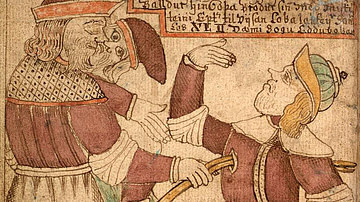
Definition
Baldr
Baldr is a god in Norse mythology associated with light, wisdom, and courage, although he is never specifically defined as the god of any of these. He is best known for his dramatic death, which heralds the coming of Ragnarök, the end of...
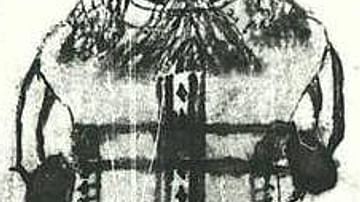
Definition
Hoenir
Hoenir or Hönir (Old Norse: Hœnir or Hønir) is a very shadowy god figure in Norse mythology, who joins the gods Loki and Odin on a couple of occasions in the old texts. He seems to have attributes of creation and prophecy, and his name might...
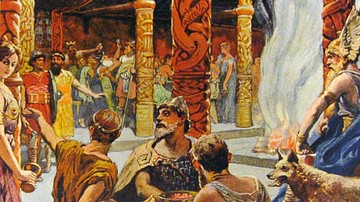
Definition
Norse Mythology
Norse mythology refers to the Scandinavian mythological framework that was upheld during and around the time of the Viking Age (c. 790- c. 1100 CE). Complete with a creation myth that has the first gods slaying a giant and turning his body...